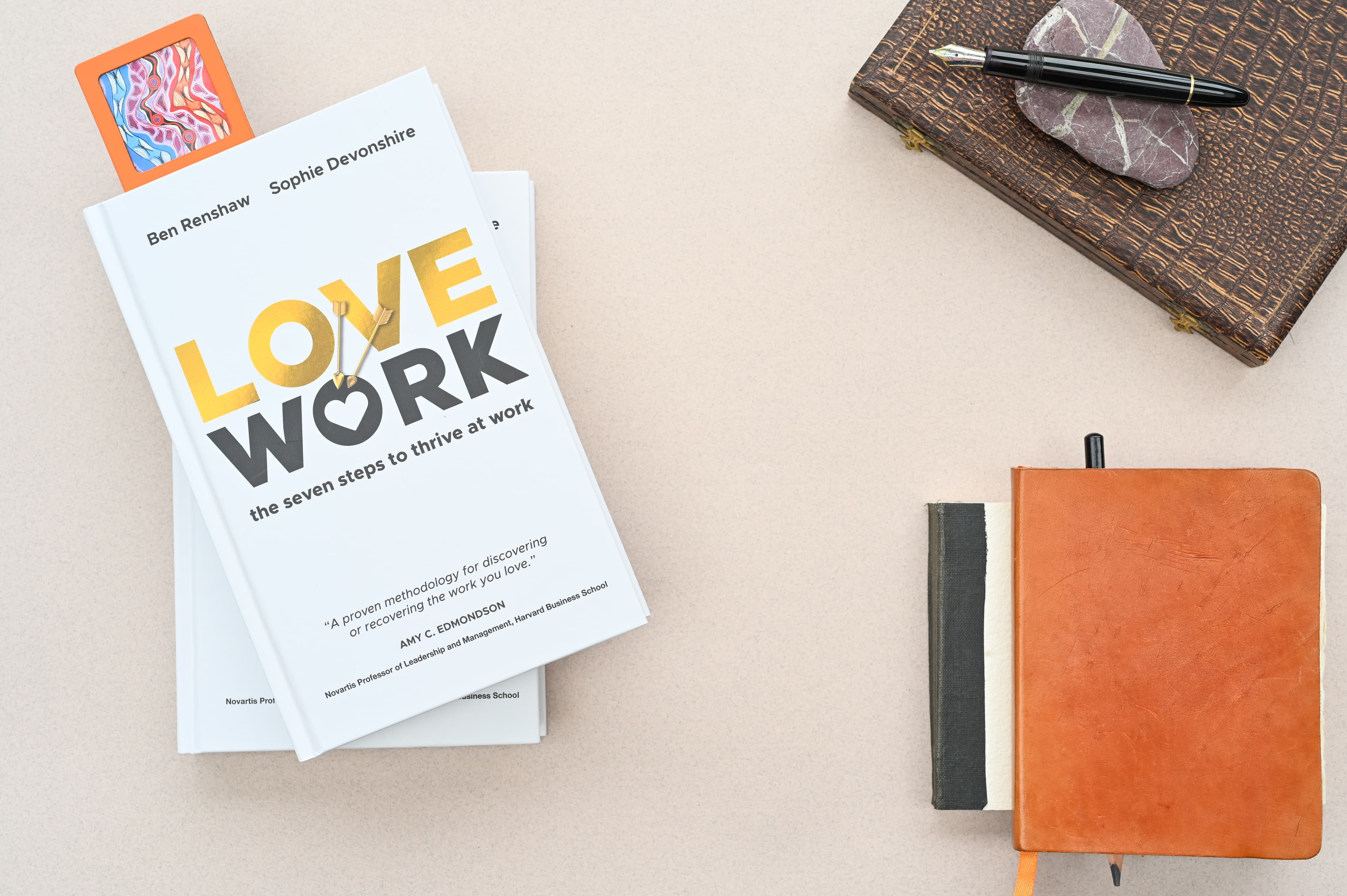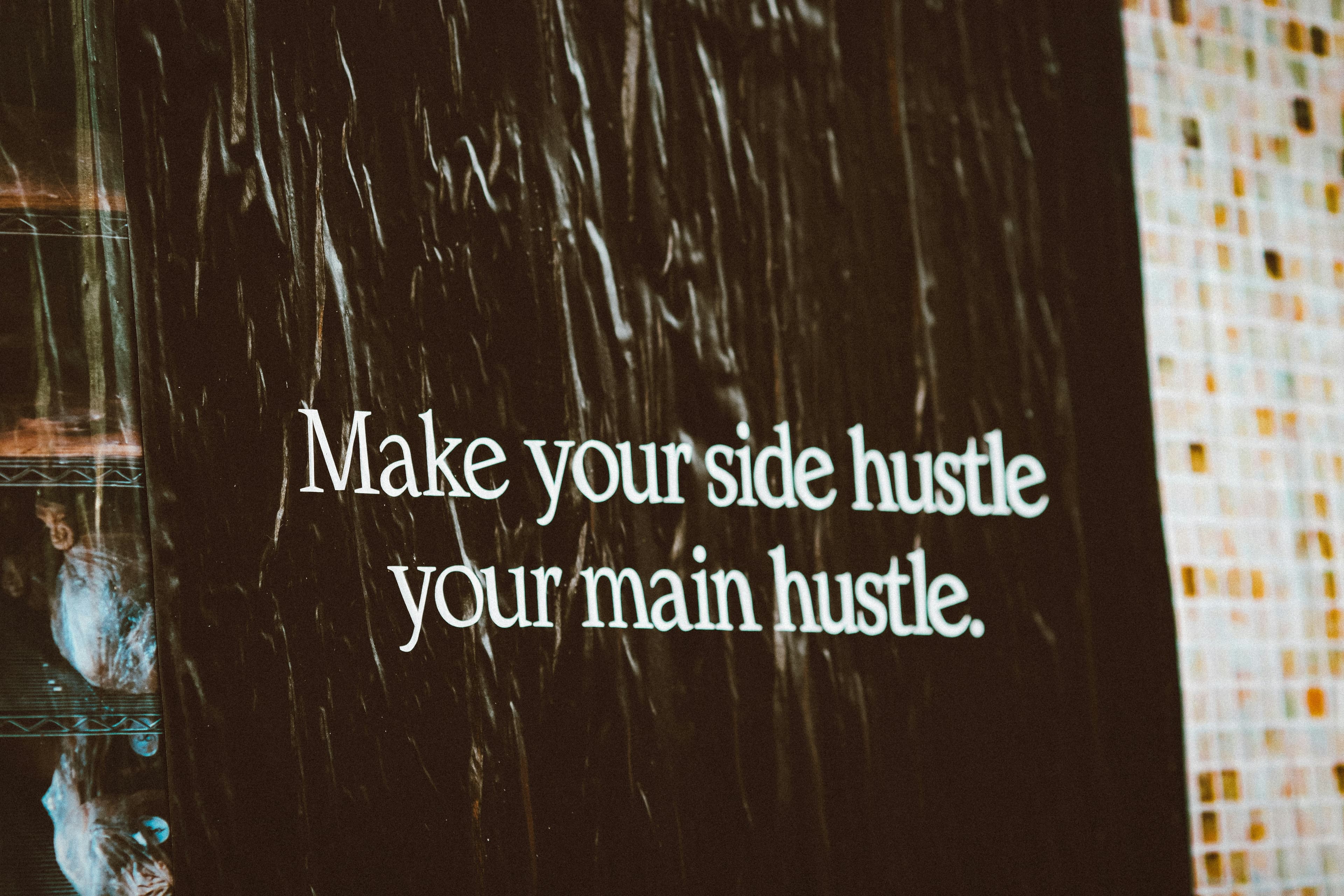My 5-Step Process for a Profitable Land Side Hustle

Starting a land investing business might sound complex, but I've broken it down into a five-step system that works. This is the exact process I use to generate wealth, and it all comes down to a simple, repeatable formula. Once you complete your first deal, you just reinvest the profits and do it all over again.
Here’s how it breaks down:
- Find property owners who don’t want their land anymore.
- Send them a fair offer, typically around 25-30 cents on the dollar.
- Analyze the deal to make sure it’s a winner.
- Market the property on platforms where buyers are already looking.
- Sell it and close the deal.
That's it. Let's walk through how each step works in practice.
Step 1: Find Motivated Sellers
The first move is to find people who have already signaled they're tired of owning their land. You can start by getting a list of property owners from the local county assessor or treasurer. From there, you narrow it down by filtering for things like price range, where the owner lives, and how long they've held the property. By creating a targeted list, a high percentage of the people you contact will be happy to sell their unwanted land for pennies on the dollar.
One of my students, Jeff Akstin, followed this process perfectly. He was able to buy thirty 5-acre parcels in Colorado from a single distressed seller. His average cost was just $222 per parcel, plus a few thousand in back taxes. In two months, his total cash profit from that one deal exceeded $30,000. On top of that, he sold some parcels with seller financing, which now brings him an extra $1,000 a month in passive income. These weren't worthless lots, either—we're talking quality properties with good views and access. This is a perfect example of and seeing a real impact.
Step 2: Make Offers They’ll Actually Accept
Once you have your list, it's time to send out offers. My approach is a little different from typical direct mail. Most marketing campaigns are lucky to get a 0.5% response rate. In real estate, some people use handwritten-style yellow letters and might see a 2-3% response. The letters my students and I send consistently get a 3-5% response rate. For every hundred letters sent, you could be looking at three to five incredible deals.
There are a few reasons this works so well. The letters and postcards have been tested extensively, and these landowners don’t receive much mail, so they’re more receptive. Plus, you’re not competing with anyone on the Multiple Listing Service (MLS) because these owners haven't even listed their property. The one-page letter is direct and doesn't leave room for negotiation, which weeds out anyone who isn’t a truly motivated seller. People even hold onto these letters and respond months later, turning your mailbox into a source of consistent deal flow.
Step 3: Do Your Homework (The Easy Way)
Analyzing a potential deal, or doing due diligence, sounds intimidating, but it’s simpler than you think. You or a virtual assistant can get a solid ballpark value for a property in about five to ten minutes online. Leveraging the internet, you can find aerial photos of almost any piece of land on Earth without ever setting foot on it. I’ve done thousands of deals and can’t remember the last time I actually visited a property in person.
I outsource all of this work to my virtual assistants, who handle the research and create the maps I need for about $3-$5 an hour. This freedom means you can run this from anywhere. All you need is a computer, an internet connection, and a phone. One summer, my family and I spent six weeks in Lake Tahoe to escape the Arizona heat. I just brought my laptop and kept my business running smoothly.
This location independence is a huge draw. A couple I work with, Sean Rickman and Rachael Mueller, generated enough passive income to quit their jobs in software engineering and sales. They now travel through Europe, closing deals with just a laptop and the help of a few virtual assistants. This is how a project can evolve from a side hustle to full-time freedom.
Step 4: Line Up Your Buyers
Once you own a property, the next crucial step is to market it effectively. The goal is to bring in more potential buyers than you can handle. I’ve never had a property that didn’t sell, and out of thousands of transactions, I’ve never lost money on a deal. Not many businesses can say they’ve never lost money on a single piece of inventory.
The formula is simple: buying property for pennies on the dollar combined with a powerful marketing strategy is a surefire way to make money. By building a massive buyer's list, you can even pre-sell properties before you officially own them, making this one of the more available.
Step 5: Close the Deal and Get Paid
Many people are turned off by the idea of "sales," thinking it requires being pushy. But really, sales is just about transferring your enthusiasm for the property to someone else. If your mission is to provide genuine value and create great investment opportunities for your customers, you’ll build long-term success. With the right attitude, you'll find yourself getting sales from past customers with just a single email.
When it comes to raw land, your best buyer is often right next door. We always send a letter to the adjoining property owners, giving them the first shot to expand their holdings. If they pass, we turn to high-traffic online platforms. I’m a big believer in going where the buyers already are. Forget building your own website at first. Focus on Craigslist, Facebook Buy-Sell Groups, eBay, and specialized sites like Landmodo.com, LANDFLIP.com, and LandWatch.com. These platforms get hundreds of thousands of visitors a month who are specifically looking to buy land.
What If You Don’t Have Much Money to Start?
This is one of the best because you don't need a huge bank account. When I started, I had just $3,000, and my friend Jeran had only $800. You can get started by wholesaling properties. Here's how it works: you find a great deal and get the property under contract using a lease option for 20-30 cents on the dollar. Then, you immediately sell that contract to a retail investor like me for 60-70 cents on the dollar.
For example, say a property is worth $20,000. You get it under contract for $5,000. You can then flip that contract to another investor for $10,000, netting you a $5,000 profit for minimal work and no money out of pocket. In the worst-case scenario, you might only sell it for $7,000 or $8,000, but you still walk away with a few thousand dollars—an infinite return on your investment.
You then take those profits and start building your cash reserves. Every time I did a deal, I’d reinvest a portion back into the business, whether it was for more marketing or hiring another virtual assistant. This is how you pay off debt, build wealth, and turn into something truly substantial.







